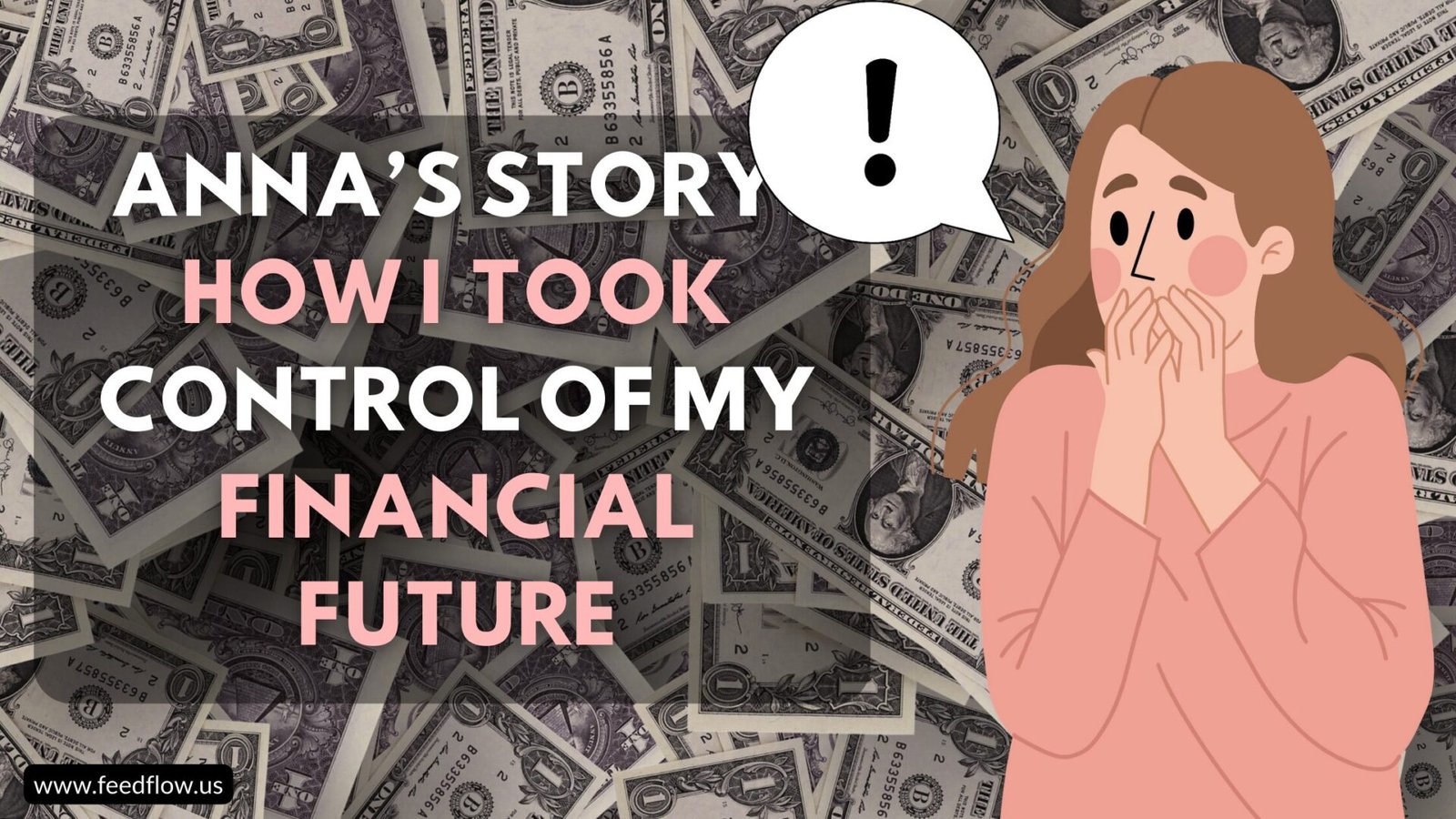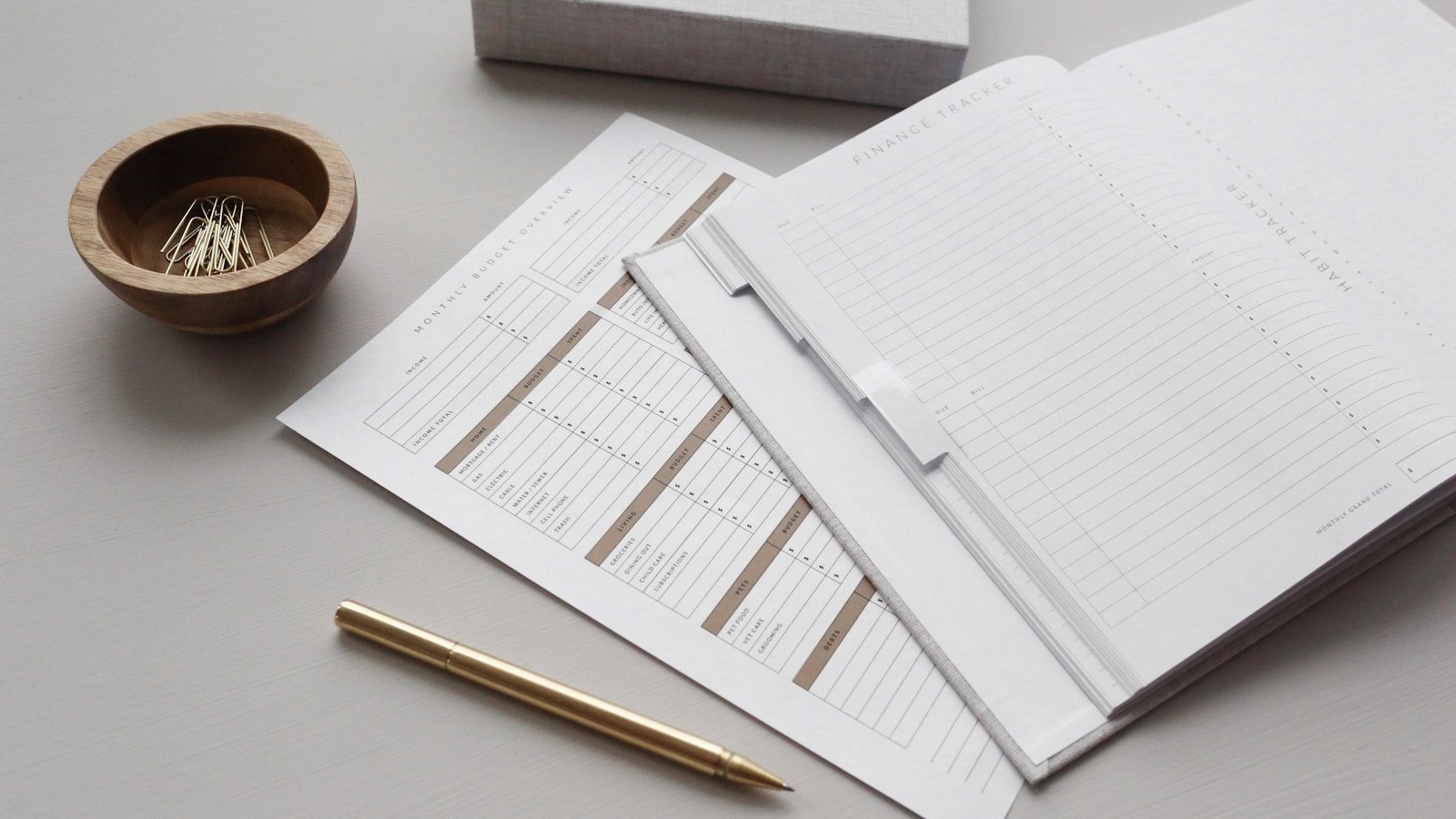How to Create a Budget That You’ll Actually Stick To?
How to Create a Budget That You’ll Actually Stick To? Meet Alex, a young professional with big dreams but a recurring problem: creating a budget, then failing to stick to it. Like many of us, Alex struggled with impulsive spending, vague financial goals, and the temptation to ignore monthly money planning altogether. Yet, with perseverance and learning, Alex transformed their approach—and their financial life. This is their story, and how you too can create a budget that you’ll actually stick to & truly works. The Wake-Up Call: Why Budgeting Matters Alex’s wake-up call came after several months of paycheck-to-paycheck living despite a decent income. Credit card balances grew, unexpected expenses loomed, and stress mounted. They realized that budgeting is not about restriction—it’s about choice and control. A well-crafted budget becomes a roadmap, allowing you to allocate money intentionally toward your priorities, whether it’s saving for a home, investing, or even guilt-free entertainment. Step 1: Understanding Your Money Inflows and Outflows At first, Alex tracked every penny for a month with dedication, using budget apps and spreadsheets. This data-gathering is crucial. Without a clear picture of where your money goes, any budget is guesswork. Related topic: The importance of financial literacy—knowing your income, expenses, and net worth is foundational. Step 2: Setting Realistic, Meaningful Financial Goals Alex quickly learned that vague goals like “save more” or “cut spending” lack impact. Instead, they set SMART goals: This goal-oriented approach gave Alex motivation and a sense of purpose. Step 3: Choose a Budgeting Method That Fits Your Personality Not all budgets work for everyone. Alex tried multiple methods before finding the best fit: Analytical insight: Selecting a budget system aligned with your lifestyle and tendencies drastically improves adherence. Step 4: Automate and Simplify One breakthrough for Alex was automating savings and bill payments. Automation removes decision fatigue and prevents late fees or missed contributions. Additionally, Alex simplified their budget categories, focusing on broad buckets instead of excessive line items. Passionate note: Simplification isn’t laziness—it’s smart efficiency geared toward sustainability. Step 5: Embrace Flexibility and Reflect Regularly A budget isn’t set in stone—it evolves. Alex scheduled monthly budget reviews to reflect progress, celebrate wins, and identify areas needing adjustment. Related topic: Behavioral psychology in budgeting—self-compassion and flexibility reduce burnout and increase long-term success. The Outcome: From Frustration to Financial Confidence Over time, Alex’s commitment paid dividends—emergency savings grew, consumer debt shrank, and stress lifted. More importantly, they felt empowered by choices rather than trapped by finances. Alex’s story highlights an essential truth: budgeting isn’t just a math exercise; it’s a transformative mindset and lifestyle change. Bonus: How To Manage Your Money Like The 1% Watch This Video on YouTube: https://youtu.be/IfpAjsytwy0 Takeaways for Your Own Journey Remember, the journey to a budget you’ll stick to starts with commitment and curiosity. Like Alex, you can turn financial chaos into clarity—and build the future you deserve. If you found Alex’s story inspiring, share your budgeting wins or questions below—let’s journey toward financial freedom, together!















